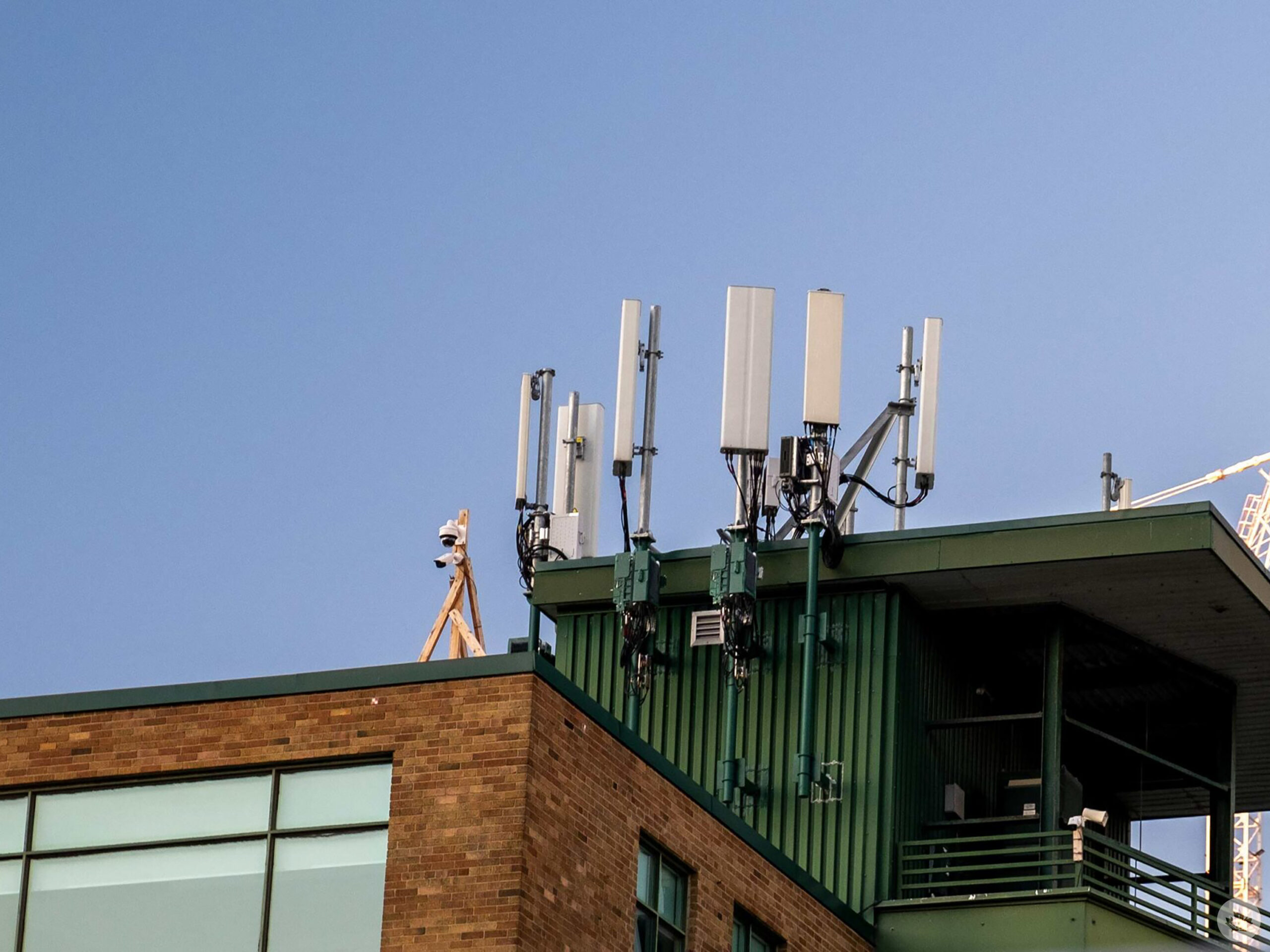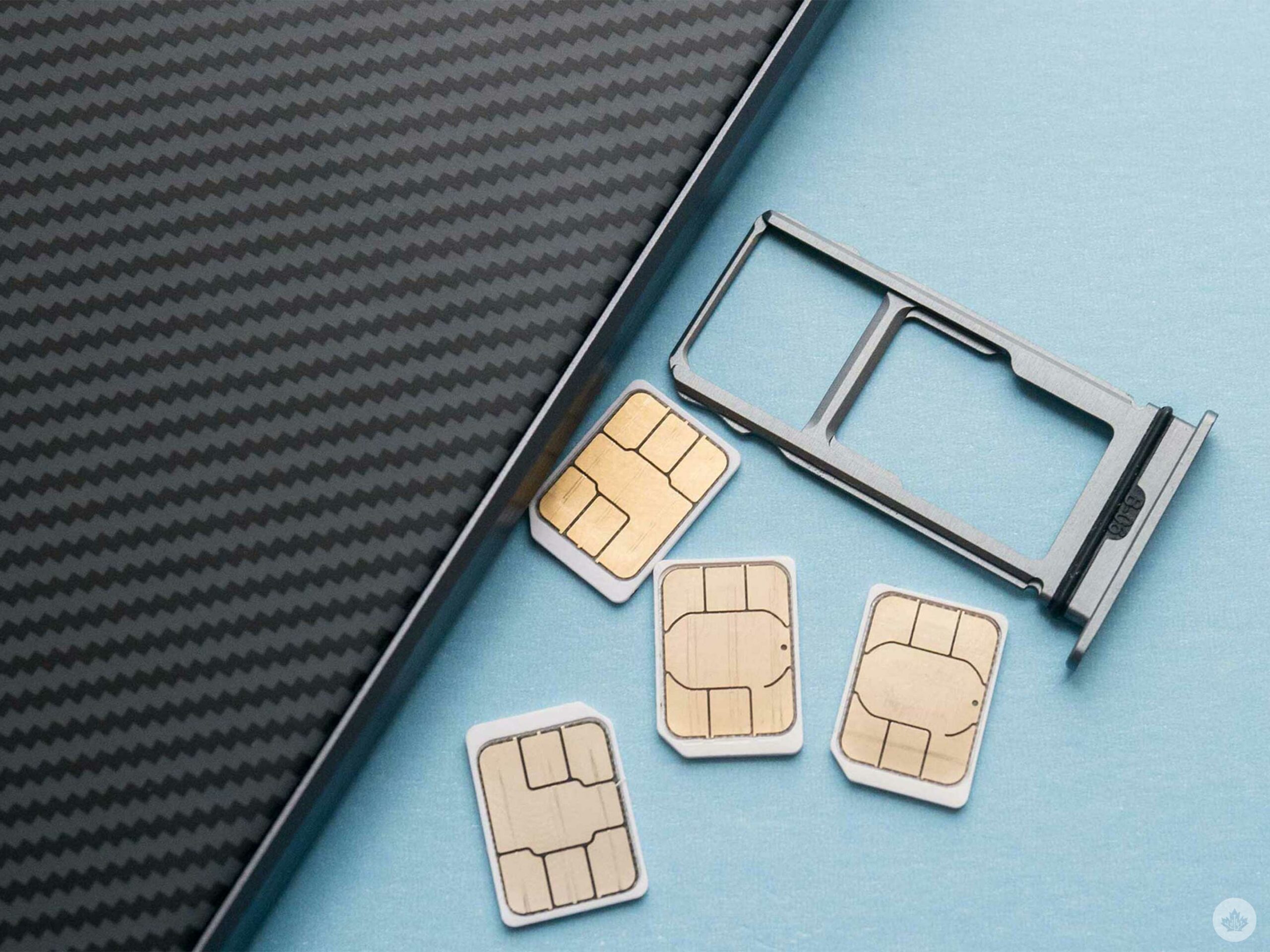
The July 8th Rogers outage left many Canadians scrambling to access several services. From making calls through mobile phones or landlines, attempting to work remotely, or even using their debit cards, many Canadians and companies using Rogers services were forced offline in a rude awakening.
The outage left many Rogers (and non-Rogers customers) questioning what they could do to avoid a similar situation in the future. MobileSyrup has put together a list of helpful tips below.
But be warned, taking these actions could result in tedious work that may end up costing you more, highlighting the lack of competition and regulation in Canada’s telecommunications market.
Mix and match your services
 Mixing service providers up is one of the ways to ensure some services remain active when one company has an outage.
Mixing service providers up is one of the ways to ensure some services remain active when one company has an outage.
But there are important things to keep in mind here. One is knowing which service providers function independently and don’t rely on larger companies.
“If you’re looking to mix up the services so that you’re protected against all of them going down at once, you should be clear that you’re not actually signing up for companies that are provided by the same owner. They rely on the same network,” Ben Klass, a PhD candidate at Carleton University, said.
For example, companies like TekSavvy and Zoomer Wireless use Rogers services, and customers connected with these companies faced an outage on July 8th. You can check out a list of credits resellers are offering for the outage here.
Beware of flanker brands
A subsection to the last point, make sure you’re not diversifying your services with flanker brands, which are lower-priced brands that larger companies offer that run on the same network.
“Try to ensure that you’re not buying the same services from the same company,” Fenwick Mckelvey, an associate professor of communications at Concordia University, said.
For example, Rogers has Chatr and Fido as flanker brands, Bell has Virgin Plus and Lucky Mobile, and Telus has Koodo and Public Mobile. Purchasing internet from Bell and a phone plan from Virgin Plus doesn’t diversify your services.
Additionally, following the chaos of the July 8th outage, Rogers reportedly plans to split its network, separating wireless and wireline traffic. That should hopefully prevent both from going down at the same time in the future. That could mean it’ll be safe to use Rogers for both your smartphone and home internet in the future, but it’ll be a few years before the separation takes place.
Stay away from incentives
Incentives are great because they often include discounts or specific perks for bundling multiple services with one provider, a positive for Canadians who pay some of the highest telecom bills in the world. But that can cause trouble when a system-wide outage comes into play, as all of the services a provider offers you will be down.
“In Canada, all major companies emphasize bundles in their marketing. They even use techniques like selling a third, less useful service to create the perception of a discount,” Mckelvey explained. “If all these services are run by the same company and converged on the same network, then the customer is more and more dependent on one company.”
Buying your phone or getting one unlocked
To add to the theme of spending more money, another tip is to own your device outright so you can get a new SIM and access service from another provider if one is down. This may be costly for those who buy devices from companies on contracts. But according to Klass, owning your device or having one that’s unlocked will make it easier to access services from another provider.
“You could buy another SIM card and just pop it into your existing device. You might not have the same phone number,” he said, “but having an unlocked phone can make it easier to get those services.” Klass mentions people can only do this if they have the financial means to sign up for a new service and access a SIM card on the spot.
All phones sold in Canada must be unlocked, according to the Wireless Code that was implemented in 2017. That doesn’t mean carriers haven’t found ways to go around this. Rogers, for example, only unlocks phones for active customers or customers who were with the company in the past year and don’t have any outstanding fees.
Customers who bought older phones from the company before the Wireless Code went into effect, and didn’t unlock their phones or have been a customer for the past year, will have to become a Rogers customer to get their device unlocked.
And yes, keeping all of these details in mind is difficult.
“It’s not reasonable to expect your customers to know [these details],” Klass said. “You shouldn’t have to have a degree in engineering to figure out how the internet gets to your house or check your email.”
Image credit: Shutterstock
MobileSyrup may earn a commission from purchases made via our links, which helps fund the journalism we provide free on our website. These links do not influence our editorial content. Support us here.




